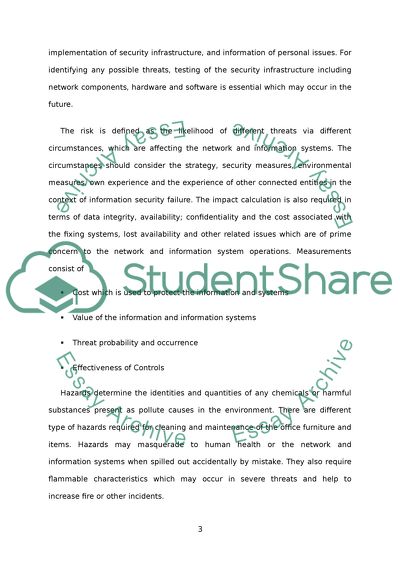Cite this document
(“Information security management Essay Example | Topics and Well Written Essays - 2500 words”, n.d.)
Information security management Essay Example | Topics and Well Written Essays - 2500 words. Retrieved from https://studentshare.org/information-technology/1400934-information-security-management
Information security management Essay Example | Topics and Well Written Essays - 2500 words. Retrieved from https://studentshare.org/information-technology/1400934-information-security-management
(Information Security Management Essay Example | Topics and Well Written Essays - 2500 Words)
Information Security Management Essay Example | Topics and Well Written Essays - 2500 Words. https://studentshare.org/information-technology/1400934-information-security-management.
Information Security Management Essay Example | Topics and Well Written Essays - 2500 Words. https://studentshare.org/information-technology/1400934-information-security-management.
“Information Security Management Essay Example | Topics and Well Written Essays - 2500 Words”, n.d. https://studentshare.org/information-technology/1400934-information-security-management.


